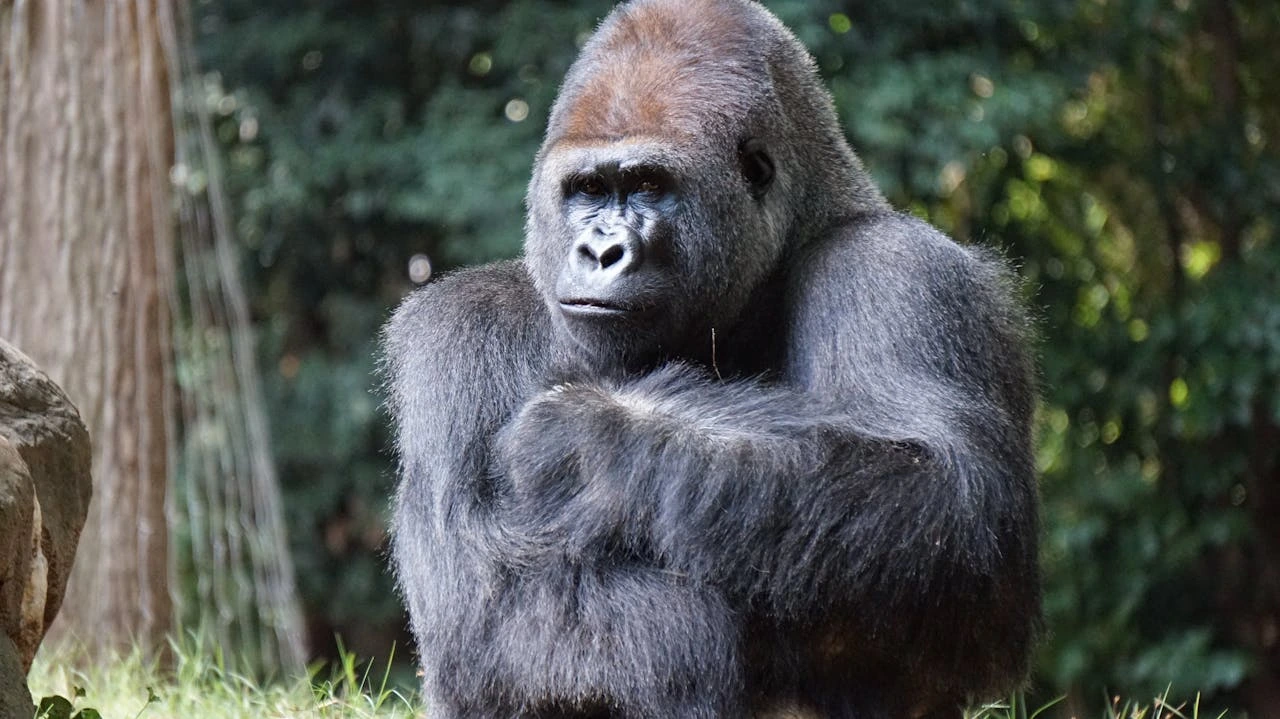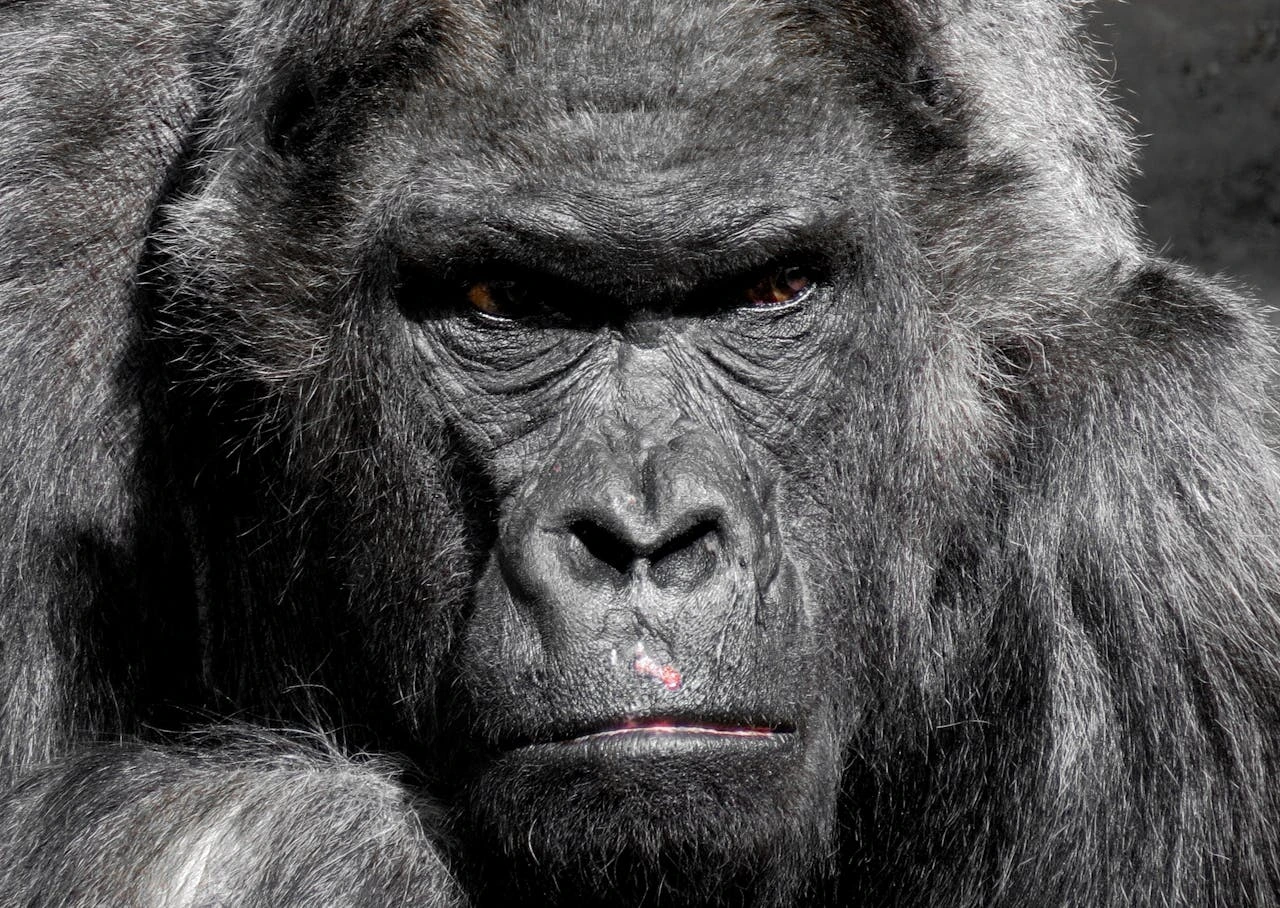Gorilla transport is a highly complex, sensitive, and logistically demanding process. Gorillas are intelligent, powerful, and emotionally aware animals, making their transportation subject to strict ethical, legal, and logistical standards.
In this guide, you’ll be learning how to transport a gorilla over long distances safely, humanely, and in compliance with international regulations.
Gorilla Transport: Legal and Ethical Frameworks
Before initiating any transport, it is critical to adhere to international wildlife transport regulations. Gorillas are listed under CITES Appendix I, indicating the highest level of protection.
- CITES (Convention on International Trade in Endangered Species): A CITES permit must be obtained from both the exporting and importing countries.
- IATA Live Animal Regulations (LAR): Follow guidelines from the International Air Transport Association for crate design, animal handling, and ventilation.
- Veterinary Clearance: Secure necessary health certificates from a licensed wildlife veterinarian. This includes proof of vaccinations, parasite treatments, and a fitness-for-travel certificate.
Pre-Transport Preparation
Below are some essential preparation tips for gorilla transport:
Health Assessment and Conditioning
A gorilla cannot be transported without extensive medical examination. This includes:
- Physical Examination: Evaluate overall health, body weight, and signs of illness or stress.
- Quarantine Period: A minimum of 30 days quarantine is often required to prevent disease transmission.
- Acclimatisation Training: Gradually introduce the gorilla to the transport crate. This reduces fear and ensures less stress during the actual journey.
Dietary Management Before Travel
A gorilla’s digestive system is sensitive to stress. Therefore, dietary intake must be regulated:
- Feed familiar foods only
- Provide hydration-rich fruits (e.g., watermelon, cucumber)
- Avoid new or high-fiber food that may cause gastrointestinal upset
Choosing the Right Gorilla Transport Crate
Choosing the right transport crate is essential for gorilla transportation. Here’s how to do it:
Custom-Built Crates with Safety Standards
The transport crate must be secure, escape-proof, and comfortable. Follow these specifications:
- Material: Steel-reinforced hardwood or metal alloy
- Dimensions: Allow the gorilla to stand, turn, and lie down comfortably
- Ventilation: Provide at least 16% ventilation on opposing walls
- Security Locks: Use double-lock systems with tamper-proof bolts
- Waste Collection System: Include an absorbent floor or drainage system
The crate must be clearly labeled with “LIVE ANIMAL,” upright arrows, species name, and emergency contact information.
Looking for a trusted partner to transport zoo animals such as lions, tigers, gorillas, rhinos, and zebras? Contact JCS Livestock for expert, reliable services. Get a quote today!

Ground vs. Air Transport: Choosing the Best Mode
Let’s find out whether air or land transport is best for moving a gorilla over long distances.
Air Transport (Preferred for Long Distance)
Air transport is typically faster and safer for long distances, especially international movements. Here's what to ensure:
- Chartered Cargo Flights: Use aircrafts with controlled temperature and humidity levels
- Trained Animal Handlers: In-flight personnel must be trained in primate handling and emergency protocols
- Flight Duration Monitoring: Keep flight times as short as possible; limit stopovers
- Emergency Veterinary Kit: Include tranquilizers, antibiotics, and IV fluids onboard
Ground Transport (For Regional Moves)
In cases where flights are not feasible:
- Use specialised animal transport trucks equipped with climate control
- Monitor gorilla via real-time camera systems
- Provide breaks every 4–5 hours for environmental checks
In-Transit Monitoring and Safety Protocols
Effective monitoring and safety protocols are crucial when transporting wild animals such as gorillas. Here’s how to implement them.
Constant Supervision and Real-Time Monitoring
A gorilla’s psychological well-being must be safeguarded throughout transport.
- Camera Surveillance: Monitor behaviors such as rocking, vocalisations, or signs of distress
- Tranquilisation (Only When Necessary): Administer only under strict vet supervision
- Noise and Light Control: Keep noise levels low and use red or dim lighting to reduce stress
Emergency Handling Procedures
In the event of an emergency:
- Have a pre-approved emergency response plan
- Ensure backup medical personnel and supplies
- Coordination with Authorities: Keep in constant touch with wildlife authorities, customs officials, and veterinarians at both departure and arrival points
Arrival Protocol and Post-Transport Care
Here’s everything you need to know about the arrival protocol for a gorilla after transport.
Immediate Health Re-evaluation
Once the gorilla arrives at the destination:
- Veterinary Reassessment: Check for injuries, stress signs, dehydration, or fatigue
- Behavioral Observation: Look for appetite loss, abnormal behavior, or aggression
- Place the gorilla in a quiet, familiar enclosure for at least 7–10 days of observation
Gradual Reintroduction to Habitat or Social Group
If the gorilla is being transported for relocation or breeding programs:
- Begin gradual reintegration with its social group
- Use visual barriers to avoid direct conflict during initial introductions
- Provide enrichment items like branches, ropes, or toys to reduce boredom
Documentation and Reporting Requirements
After transportation is complete:
- Submit a post-transport report detailing the journey, animal behavior, health status, and any incidents
- Retain CITES permit copies, veterinary certificates, and transport logs
- Share findings with zoological and conservation authorities to help refine future gorilla transport standards
Key Risks and How to Mitigate Them
Animal transport involves key risks, but these can be managed with proper planning. Stress or aggression can be reduced through crate acclimatisation, calming pheromones, and limited handling. Medical emergencies are mitigated with prior health checks, onboard vets, and emergency kits.
To avoid regulatory delays, secure customs pre-clearance and carry backup documents. Temperature extremes are managed using climate-controlled transport. For escape attempts, use reinforced crates with secure locking mechanisms.
Why Gorilla Transport Must Be Handled with Precision
Transporting a gorilla is not simply about moving an animal from one place to another. It’s about preserving a highly endangered species, maintaining their psychological and physical welfare, and ensuring that each step respects the highest standards of animal care. From proper crate construction to trained handlers and climate-controlled transit, every detail matters.
Get Zoo Animal Transport Services with JCS Livestock
Need expert zoo animal transport services? Trust JCS Livestock for the safe, stress-free relocation of exotic and endangered species. From lions and tigers to zebras and gorillas, we handle every move with precision and care by air, sea, or road. Backed by DEFRA licensing and a global network of IATA, ATA, and IPATA members, we’re your partner in conservation-focused animal transport.
Conclusion on Gorilla Transportation
Effective gorilla transportation requires multidisciplinary coordination, from veterinarians and wildlife officials to logistics experts and animal behaviorists. Proper planning, detailed risk management, and adherence to international protocols are essential for the safety and comfort of the gorilla throughout the journey.
Recommended topics for you:
